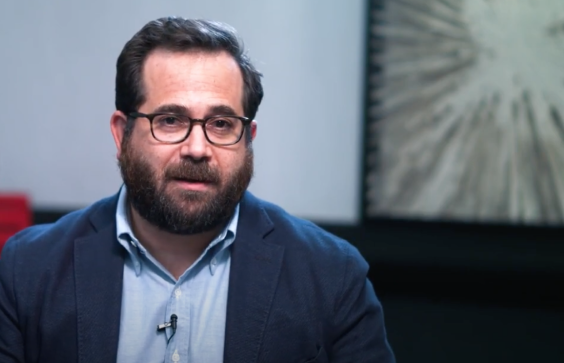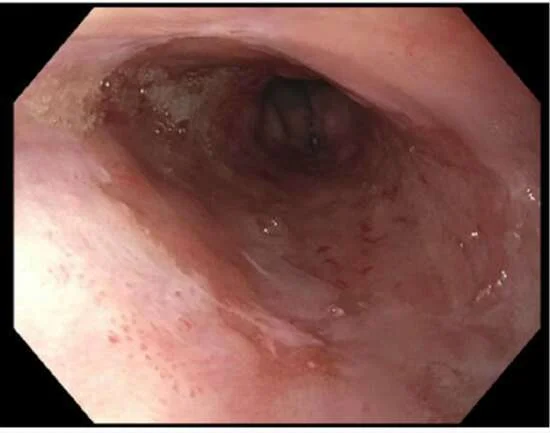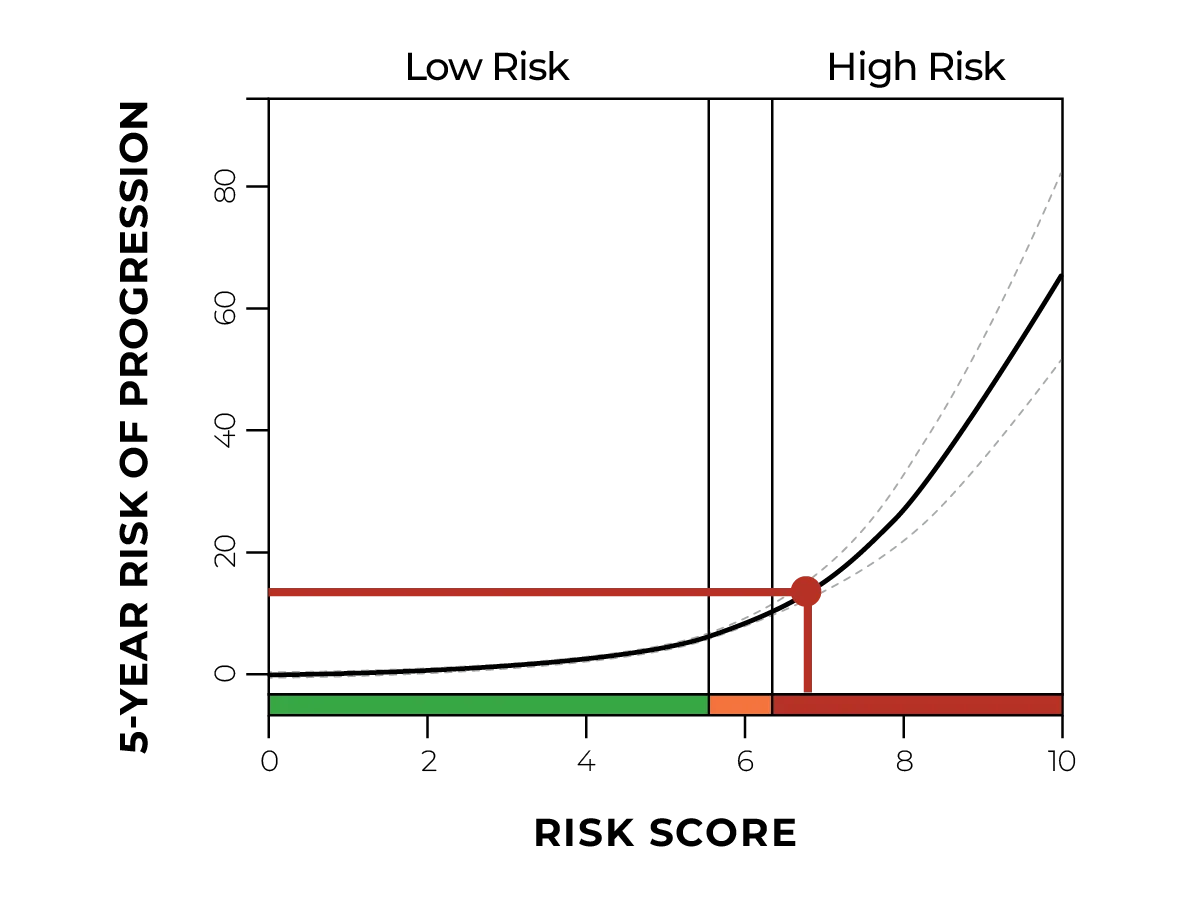
A 69-year old male Barrett’s esophagus (BE) patient arrived at Dr. Tseng’s practice after moving to Oregon from another state. The patient was anxious about his BE, but that concern is common for many BE patients who know that they have a precancerous condition and feel uncertain about their risk of developing cancer.
Read the case details below.
Case details

- No relevant family history
- Obese
- Chronic GERD
- Currently using PPIs
- History of smoking

- High anxiety
- In surveillance for NDBE





















